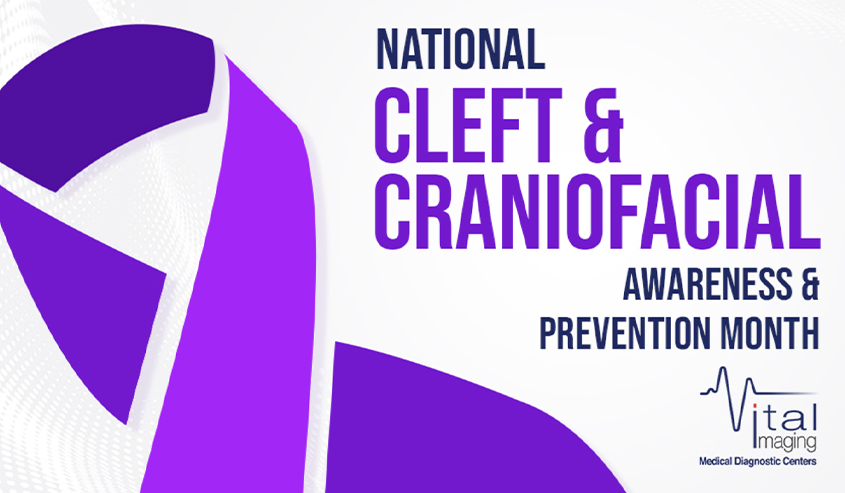
When it comes to observing national days of awareness, you may or may not be familiar with National Cleft and Craniofacial Awareness and Prevention Month which takes place every July. However, understanding the importance of NCCAPM is something that many parents can relate to. After all, 1 out of every 600 babies (roughly 7,000 total) is born with cleft lips or cleft palates. These are two of the more common birth defects that occur in the U.S. every year.
What is a Cleft Lip and Cleft Palate?
When the lip doesn’t form completely and remains open, this is referred to as cleft lip. It can range in size from a relatively small notch to a much larger opening that runs from the lip up to or through the nose. When the roof of the mouth fails to close completely and it leaves an opening that extends up into the nasal cavity, we have what is called a cleft palate. These abnormalities may occur individually or together.
What causes these Abnormalities?
The causes of cleft lips and cleft palates remain unknown. It’s been suggested that exposure to certain risks during pregnancy, as well as genetics, may be factors in their occurrence. However, there are prenatal factors that elevate the risk of orofacial clefts occurring. These include:
- Diabetes
- Smoking
- Use of certain medications
When children have these abnormalities, it hinders their language development and impairs their ability to feed properly. As a result, infants require special bottles and nipples and must feed in an upright position. Surgical procedures for repairing these clefts will usually take place when they are 12 to 18 months old. Furthermore, children with orofacial clefts may experience challenges for their entire lives, especially in those countries where they don’t have access to corrective surgical procedures. However, for any treatment to start, digital imaging such as CT scans or MRI needs to be done to check the abnormality. Corrective surgeries can be planned accordingly.
Diagnostic Imaging of Orofacial Clefts
Cleft lip and cleft palate cases are recognized immediately at birth. So no special testing for the diagnosis of the condition is required. In most cases, cleft lip and cleft palate can be diagnosed by the 16th week of gestation using a prenatal ultrasound. However, in some cases, it has been detected as early as in the 13th week. The test uses sound waves that create images of a developing fetus and enable doctors to detect abnormalities in the facial features of the fetus.
For medical diagnostic imaging please call Vital Imaging at 305.596.9992 today. We are here to help you.
